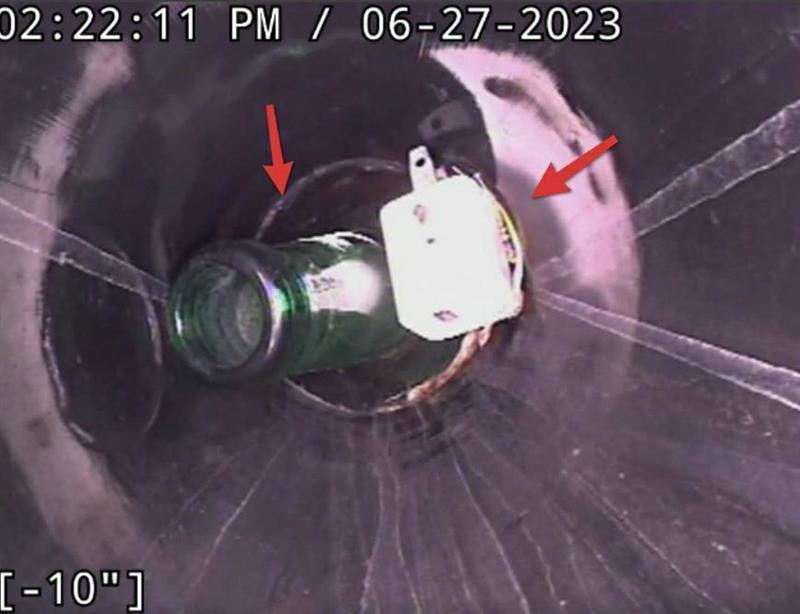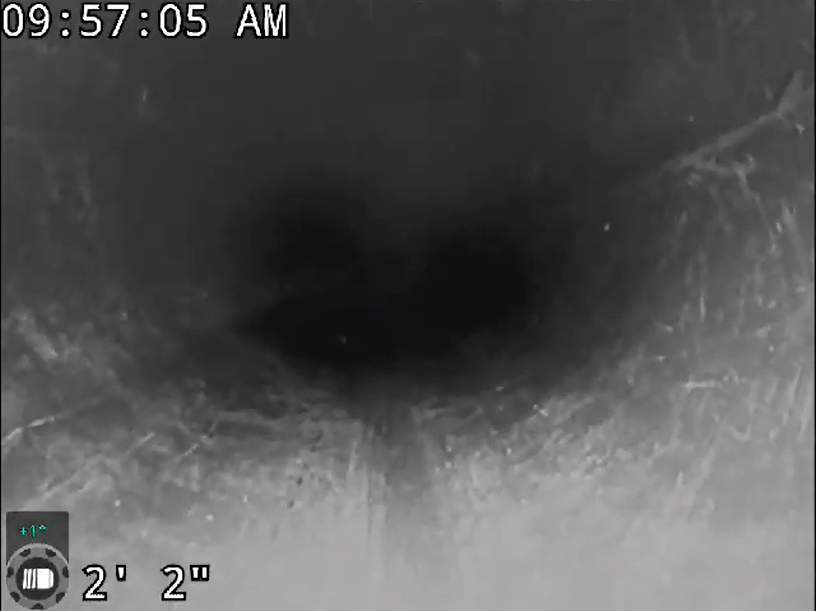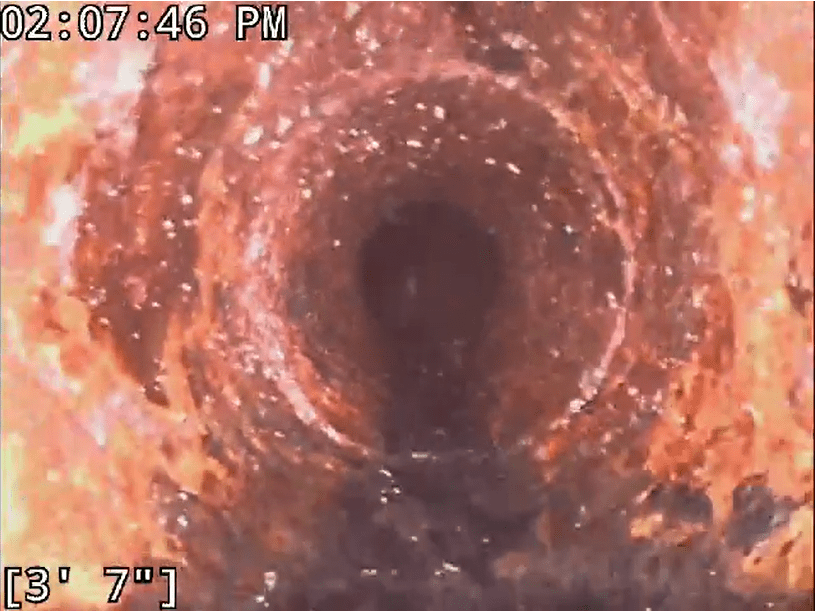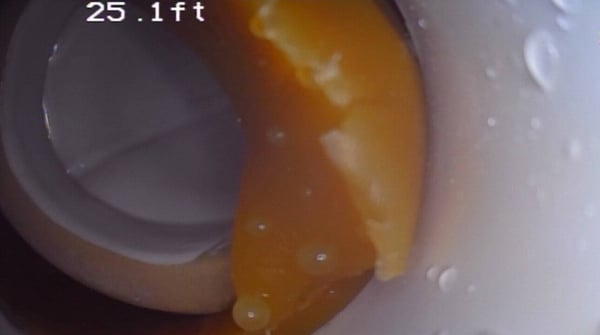What's hiding in your pipes?
What's hiding in your pipes?
While mostly hidden during a standard inspection, problems with a home's sewer system can be among the most costly to fix. Our skilled inspectors use advanced technology to thoroughly evaluate sewer lines and provide a clear understanding of the home's condition.
What is a Sewer Scope?
By utilizing a camera attached to a flexible cable, sewer scope inspections provide a detailed view of a home’s main sewer line. This crucial pipeline runs from the property to either the public sewer system or a septic tank. Inspections can uncover blockages, pipe damage, and other hidden issues that could lead to expensive repairs, allowing you to preemptively address the issues.
Costly Repairs
Home Purchase
Blockages
Damage
What We Find


How It Should Look


FAQs
How is your sewer line accessed for inspection?
Modern homes are equipped with sewer access points known as cleanouts. Cleanouts are specifically designed with the intention to allow access to the main and secondary lines to “clean out” potential blockages and clogs. These access points also allow for the usage of cameras to inspect the drain lines. Older homes, before cleanouts were installed during construction, have larger roof vents intended for accessing the main sewer line in the event of a clog or issue.
What if I can’t find my cleanouts?
If a home was constructed with cleanouts, they are often covered up or hidden by landscaping changes over the years. When this occurs secondary access points may be used to locate them. Secondary cleanouts are smaller and do require a smaller camera to be used. Unfortunately,sometimes these smaller access points prevent the cleanouts from being found. In the event a secondary cleanout is not a usable option, a roof vent may be used. As construction requirements shifted to require cleanouts, this allowed for roof vents to be smaller and have more aggressive turns. Due to these changes, there are instances where a roof vent may not be adequate in finding the cleanouts. In these instances, a toilet will need to be removed to access the sewer line with the camera.
Why should I have my sewer inspected?
Sewer systems are a very out of sight out of mind aspect of a home until there is an issue. These issues can be extremely costly, inconvenient, and damaging to your home if left unaddressed or undiscovered. Sewer line issues and defects are not only found in older homes, but homes of all ages and even found in new builds. Homes utilizing septic systems also should be scoped.
What kind of issues can be found?
- Root intrusion
- Cracked/damaged pipes
- Rust/scale
- Belly/sagging pipes
- Sludge buildup
- Offsets/shifted pipes
- Improper installation
- Foreign objects/construction debris
- Orangeburg (recalled piping material)
What if the inspection report reveals problems?
It is important to note that no house is perfect. At the end of the sewer line inspection, we will provide a detailed report that describes the physical condition of the observable sewer line with images and video highlighting what may need repair or replacement. Some defects can be resolved or regularly maintained through sewer line hydro jetting, while others may require a more involved repair/replacement. AJF partners with a trusted plumbing company to provide repair cost estimates quickly based off our Sewer Scope report.
What is a root intrusion?
Root intrusions are a common find in sewer lines. Any occupied home has a steady and consistent flow of water through the drainage system. Roots of all types are attracted to the consistent source of water and will seek out seems or cracks to access it.” Then add “Root intrusions can clog the sewer line or damage the pipes. Hydrojetting can be a cost effective way to temporarily remove roots until sewer line repair or replacement becomes necessary.
How do roots get in the sewer?
Older homes with outdated sewer materials are more susceptible to root intrusion. As metal pipes corrode over time, they become rusted and brittle, once worn through the roots will begin to find the water source and move in through these voids.
Clay and concrete sewer pipe are made in very short sections creating many joints in the sewer line. These sections of pipe were most commonly joined by only a thin rubber gasket, once this gasket has failed or worn out it leaves numerous opportunities for growth.
Transitions of pipe materials are also a very common place to find roots. When transitioning materials many times the only way to make the connection is with a rubber coupling. Over time these connections can be damaged, become loose, and wear out leaving a clear pathway for roots to move in.
Once roots are present in a sewer line they will continue to grow until the pipe is closed off and completely overtaken.
Thousands of 5-Star Reviews!




"I skipped a Sewer Scope on my new build home at first, but luckily the AJF scheduler convinced me. Glad I did—the inspector found a wax ring in the pipe! Turns out, the plumber tossed it down the drain instead of disposing of it properly. Without the scope, it would've gone unnoticed. It could have cost me a lot of money down the road, but I was able to have the builder remove it. Telling all my friends: Don’t skip the sewer scope, not even for new builds!"
Schedule Your Sewer Scope Today!
